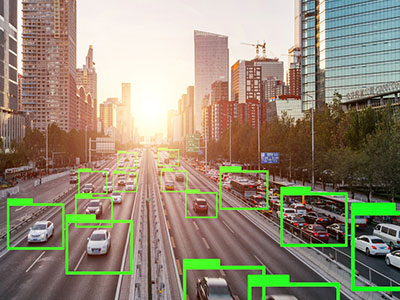Experience 2030: The Future of Customer Experience is… NOW!
February 6, 2020Modern technology has upended the way brands and consumers engage. New products, services, consumers, and competitors have arrived and keep evolving. Consumer behavior, likes and dislikes continue to change. What will the customer experience look like in 2030? And how will brands evolve to meet the expectations of future consumers? These are some of the questions addressed in “Experience 2030: The Future of Customer Experience” by Futurum Research and sponsored by SAS, the leader in analytics – free to download now.
The research found that technology will be the major driver behind the reimagined customer experience (CX), and that brands must rethink their customer ecosystems to keep pace with empowered consumers and evolving consumer technologies.
According to the research, consumers expect to embrace new technologies by 2030:
- 80% say they expect to accept delivery of a product by drone or autonomous vehicle.
- 81% say they expect to engage with chatbots.
- 78% expect to use an augmented, virtual, or mixed reality (AR/VR/MR) app to see how a product will look – such as how a piece of clothing might look on a shopper or how a piece of furniture might look in a home.
- 56% expect to be “visiting” remote locations or experiencing vacation and entertainment events through mixed reality devices by 2025.
- Eight out of 10 expect to use a Smart Assistant (such as Google Home, Amazon Alexa, etc.) to make an online purchase or control a Smart Home.
- 78% say they expect they’ll be controlling other devices with their wearables.
Additionally, by 2030, 67% of engagement between a brand and consumer using digital devices (online, mobile, etc.) will be completed by smart machines rather than humans, according to the research. And by 2030, 69% of decisions made during customer engagement will be completed by smart machines. This agility and extreme automation will drive the customer experience.
For more findings and insights, click above to download the global report, which highlights the findings from a global survey of more than 4,000 panelists, spanning three dozen countries across a range of consumer, industry and government sectors.


